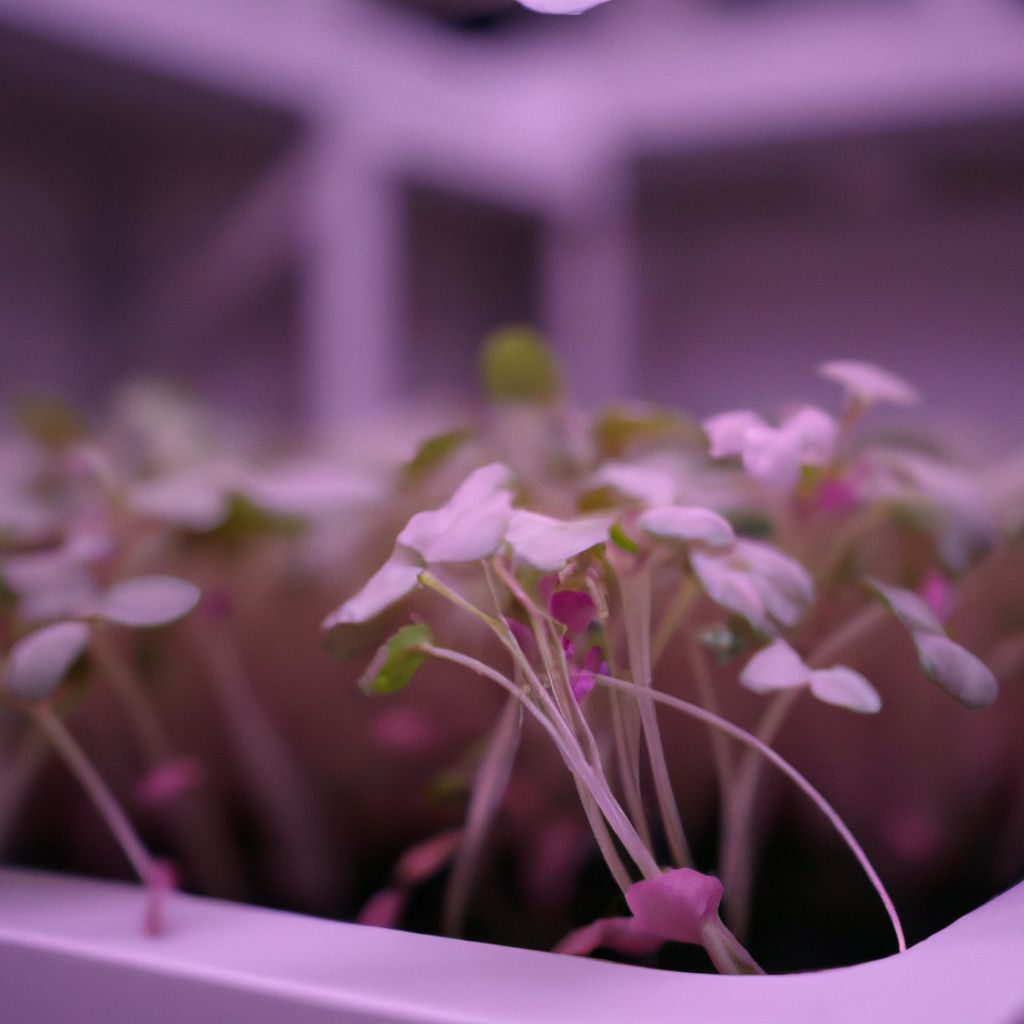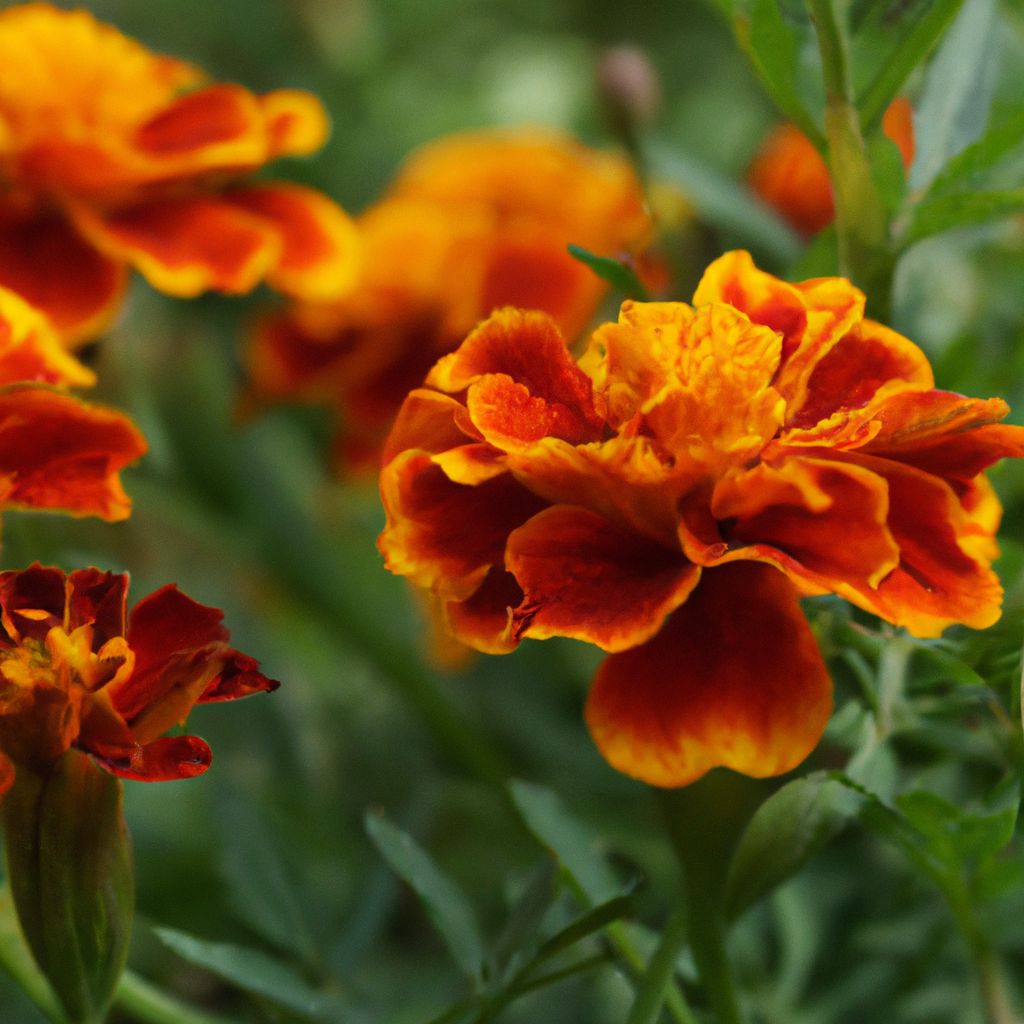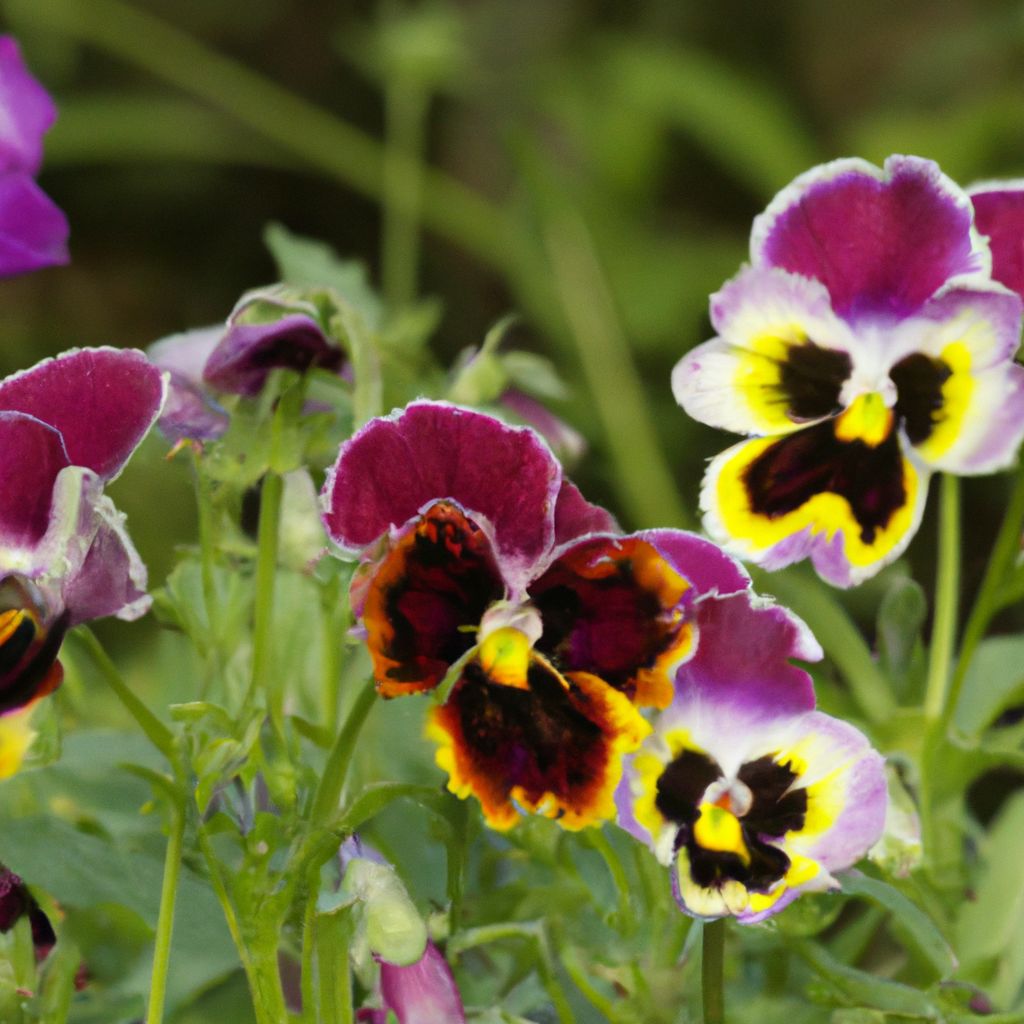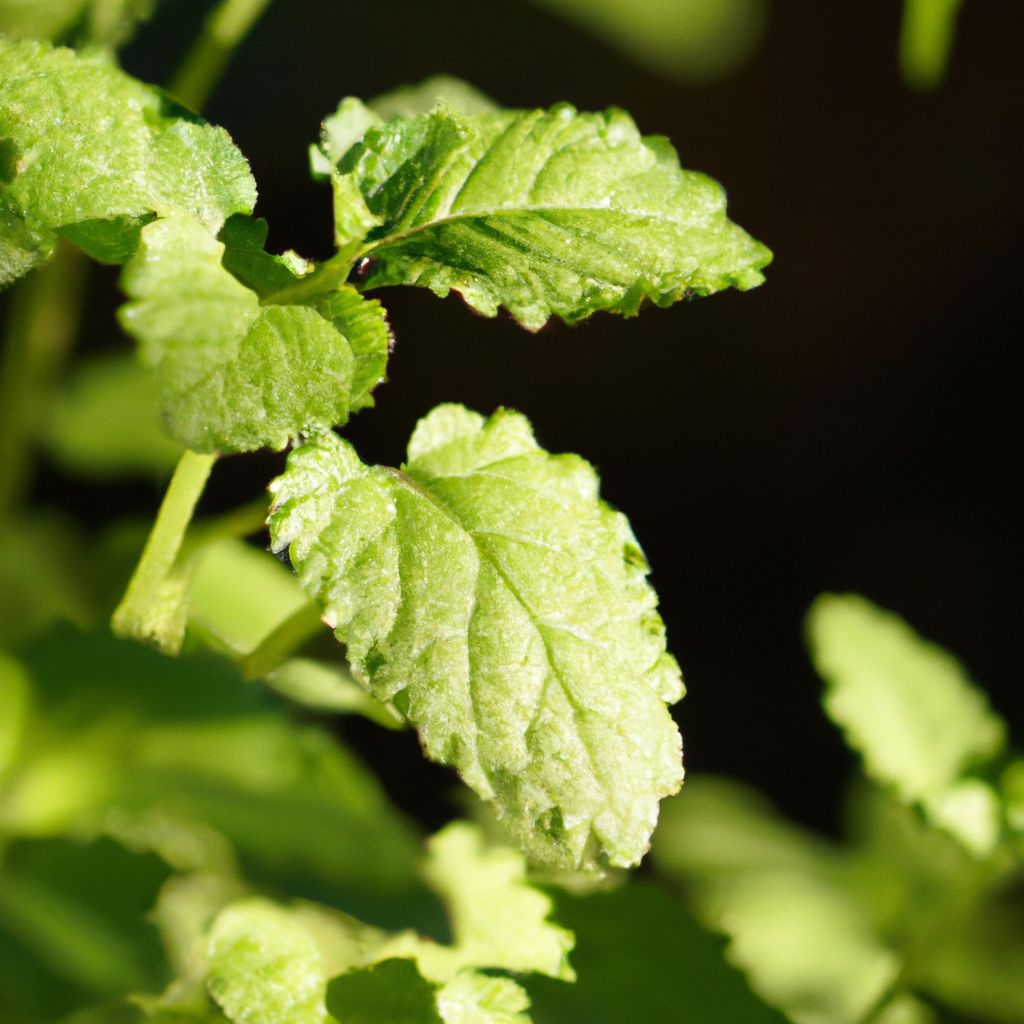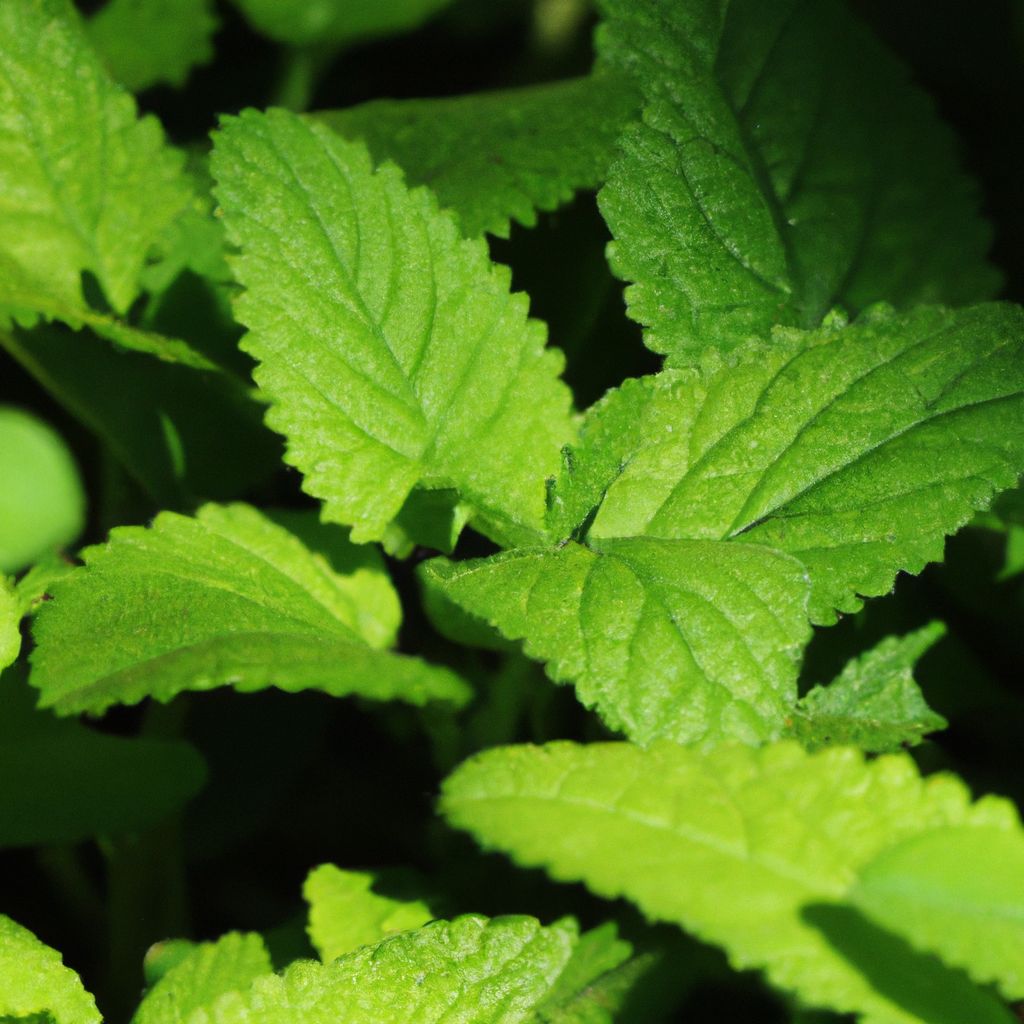Aeroponic gardening is an innovative technique that involves growing plants suspended in air and misting their roots with a nutrient-rich solution. These soilless aeroponic systems provide plants with optimal access to oxygen, water, and nutrients, promoting faster growth rates and healthier plants compared to traditional gardening methods.
In aeroponic systems, plants are supported in baskets or other grow media, with their bare roots exposed below. The roots are misted with a fine spray of nutrient-rich water solution at regular intervals, providing hydration and nutrition directly to the roots. Since the roots receive maximal exposure to oxygen, nutrient uptake is highly efficient.
How Aeroponic Systems Work
The aeroponic system utilizes a high-pressure pump to deliver nutrient solution through specialized nozzles that atomize it into a fine mist. This mist is directed at the exposed plant roots, providing moisture and nutrients.
The roots absorb the nutrients from the mist, while excess solution collects in a reservoir below to be recirculated. Grow lights are used to provide illumination for photosynthesis, while air pumps oxygenate the nutrient solution. Environmental factors like temperature, humidity, and pH are closely monitored and controlled.
Aeroponic systems are self-contained, allowing gardeners to achieve faster growth rates and higher yields. Plants that thrive in aeroponic conditions include leafy greens, herbs, tomatoes, cucumbers, peppers, and flowers.
Key Components of an Aeroponic System
- Reservoir – Holds the nutrient solution for recirculation
- Pump – Pressurizes and circulates the nutrient solution
- Tubing – Transports the solution from the pump to the nozzles
- Nozzles – Create fine mist to deliver nutrients to the roots
- Grow medium – Supports the plant roots exposed to the mist
- Grow lights – Provide illumination for photosynthesis
- Air pump – Oxygenates the nutrient solution
- Timer – Automates misting intervals
- Control system – Monitors and regulates environmental conditions
Benefits of Aeroponic Gardening
- Accelerated growth rates and enhanced yields
- Highly efficient nutrient and water use
- Minimal pest and disease pressure
- Reduced need for pesticides
- Ideal for urban gardening with space constraints
- Allows year-round gardening in controlled environments
- Promotes overall plant health and vitality
Aeroponic gardening provides major advantages over traditional soil cultivation methods:
- Growth Rate – Plants grow up to 3 times faster since their roots have maximal access to oxygen, water, and nutrients.
- Yield – Enhanced growth translates into higher fruit, vegetable, and herb yields per square foot.
- Water efficiency – Aeroponics uses up to 90% less water since no irrigation water is wasted and the solution recirculates.
- Space efficiency – Compact, vertical systems maximize production from limited spaces, ideal for indoor gardening.
- Pest management – The enclosed system and lack of soil minimize pest and disease pressure, reducing reliance on pesticides.
- All-season viability – With environmental controls, plants can be grown year-round, independent of outdoor climate conditions.
Essential Tools for Aeroponic Gardening
Growing plants successfully with aeroponics requires specialized equipment to create an optimal environment. Here are the key tools and components needed:
Aeroponic Systems
Aeroponic systems provide the foundation for an aeroponic garden. They consist of components like reservoirs, pumps, tubing, and nozzles to deliver nutrient solution to the roots. Choosing the right system for your needs is vital.
Types of Aeroponic Systems
- Low-pressure systems – Use drippers or misters, less complex and affordable
- High-pressure systems – Use finer mist nozzles, maximize oxygenation
- Vertical systems – Optimize space via vertical plant arrangement
- Horizontal systems – Allow larger plant spacing on horizontal planes
- Tower systems – Vertical cylinders with plants arranged circularly
When selecting an aeroponic system, consider:
- Scale – Size and plant capacity
- Plant types – Herbs, leafy greens, fruits, flowers
- Vertical vs. horizontal orientation
- Budget
- Misting mechanism – Low vs. high pressure
- Reservoir capacity
- Durability and ease of use
Nutrient Solutions
A complete, balanced nutrient solution tailored to the plants being grown is essential. It provides all the mineral elements required for optimal growth. The solution’s pH and electrical conductivity must be monitored.
Components of Nutrient Solutions
- Macronutrients – Nitrogen, phosphorus, potassium, calcium, magnesium, sulfur
- Micronutrients – Iron, chlorine, manganese, boron, zinc, copper, molybdenum, nickel
- pH buffers – Phosphoric acid, potassium hydroxide
- Chelating agents – EDTA, DTPA
Creating Nutrient Solutions
- Use dechlorinated, pH adjusted water
- Select quality mineral salts for optimal dissolution
- Maintain ideal pH between 5.5 – 6.5
- Monitor electrical conductivity (EC)
- Make stock solutions for easier preparation
- Avoid premixed nutrient formulas with excessive additives
When preparing nutrient solutions:
- Tailor the formulation to the plants’ needs
- Start with weaker concentrations and increase gradually
- Ensure proper dilution and dissolution
- Use precise digital scales for measuring salts
- Maintain sterile conditions to prevent pathogens
Pumps and Nozzles
Pumps circulate the nutrient solution, while nozzles atomize it into a fine mist. Reliable, high-pressure pumps are required to achieve proper misting. Nozzles should distribute mist evenly.
Pump Types
- Centrifugal
- Turbine
- Vane
- Diaphragm
- Piston
Key factors when selecting pumps:
- Pressure rating
- Flow rate
- Power source
- Noise level
- Durability
- Self-priming ability
Nozzle Types
- Disk atomizing
- Deflector
- Fan spray
- Air atomizer
- Ultrasonic
Considerations for nozzles:
- Droplet size
- Spray pattern
- Flow rate
- Clogging resistance
- Corrosion resistance
- Adjustability
Grow Medium
Inert media like clay pebbles support the plant roots while allowing exposure to mist and air. They anchor the plants and prevent the roots from getting waterlogged.
Properties of Grow Media
- High air space
- Low water retention
- Neutral pH
- Stable structure
- Inertness
- Affordability
Types of Grow Media
- Expanded clay pellets
- Perlite
- Vermiculite
- Coco coir
- Rockwool
- Pumice
- Gravel
- Sand
Ideal grow media should:
- Provide anchoring for roots
- Allow rapid drainage
- Maintain moisture while preventing waterlogging
- Resist compaction
- Not alter pH or contribute salts
- Be reusable or biodegradable
Reservoir
This tank holds the nutrient solution, allowing recirculation through the system. Sufficient reservoir size reduces the frequency of solution replenishment.
Reservoir Considerations
- Volume capacity
- Construction material (polyethylene, fiberglass)
- Shape and dimensions
- Drain ports
- Access hatches
- Level indicators
The reservoir should be:
- Opaque to prevent light penetration
- Food-grade and non-porous
- Chemically inert
- Durable and corrosion resistant
- Easy to clean and maintain
Proper reservoir management involves:
- Monitoring solution temperature
- Aeration and agitation
- Cleansing between solution changes
- Checking for leaks
- Keeping covered
Timer
An automated timer controls the misting duration and intervals, ensuring the roots receive adequate moisture without oversaturation. Timers provide consistency.
Timer Types
- Digital
- Mechanical
- Pneumatic
Key timer features:
- Cycle count options
- Cycle length options
- Power back-up
- Battery or electric
- Multiple output ports
- Expandability
When selecting a timer, consider:
- Number of misting cycles needed
- Duration of each misting period
- Uniformity of misting between plants
- Easy adjustment of settings
- Sufficient power for pumping system
Proper timer setup and use involves:
- Programming the desired misting schedule
- Adjusting cycles based on plant growth stages
- Ensuring uninterrupted power to the timer
- Checking for faulty settings
- Replacing batteries regularly
pH and EC Meters
These meters measure acidity and nutrient levels, allowing the gardener to maintain optimal conditions in the solution. Regular monitoring is essential.
Types of pH Meters
- Benchtop
- Portable
- Digital pen
- Litmus strips
Types of EC Meters
- Portable
- Benchtop
- In-line
When selecting meters, look for:
- Accuracy and precision
- Calibration and buffer solutions
- Self-diagnostics
- Probe replaceability
- Durable construction
- Data logging capabilities
- Battery or electric supply
For best results:
- Calibrate meters before each use
- Rinse probes between measurements
- Store probes correctly
- Replace probes periodically
- Record data for trend analysis
pH Adjusters
To maintain the ideal pH for the specific plants, pH up and pH down solutions are added to the nutrient reservoir as needed.
Common pH Adjusters
- Citric acid – Lower pH
- Phosphoric acid – Lower pH
- Potassium hydroxide – Raise pH
- Potassium carbonate – Raise pH
When selecting pH adjusters:
- Match buffering capacity to reservoir size
- Ensure purity of chemical salts
- Consider ease of dissolution
- Check compatibility with nutrients
- Follow safety precautions
Best practices for pH management:
- Monitor pH frequently
- Make small, incremental adjustments
- Use separate reservoirs for pH up and down
- Allow time for proper dispersion after adding
- Ensure adequate mixing and circulation
Grow Lights
Artificial lighting provides the light intensity and spectrum that plants need for photosynthesis. LED grow lights are energy-efficient.
Types of Grow Lights
- High Intensity Discharge (HID) Lights
- Metal Halide – Blue light for leafy growth
- High Pressure Sodium – Red light for fruiting/flowering
- Require ballasts to regulate power
- Fluorescent Lights
- Compact Fluorescent lights (CFLs)
- T5 Fluorescents
- Affordable, low heat output
- Light Emitting Diodes (LEDs)
- Full spectrum or targeted wavelengths
- Energy efficient and long-lasting
- Modular panels for customizable coverage
Key factors when selecting grow lights:
- Light spectrum and intensity needs
- Lamp wattage and lumen output
- Spacing and positioning flexibility
- Power efficiency and operating costs
- Lifespan and durability
- Heat management
For best results:
- Position lights appropriately based on plant stage
- Maintain proper photoperiods
- Use timers to regulate the lighting schedule
- Clean dust and debris off fixtures routinely
- Monitor light intensity and adjust as needed
- Replace bulbs as they degrade over time
Propagation Trays
Propagation trays provide dedicated spaces for germinating seeds and rooting cuttings before transplanting them into the aeroponic system.
Tray Characteristics
- Multiple compartments or cells
- Drainage holes
- Sturdy construction
- Transparency for inspection
- Stackability
Tray materials:
- Plastic
- Foam
- Fiberglass
- Carbon fiber
Key features for propagation:
- Moisture retention
- Aeration
- Warmth
- Protection
- Portability
- Affordability
To maximize success:
- Disinfect trays to prevent pathogens
- Use sanitized seed starting mix
- Maintain uniform moisture
- Provide ample ventilation
- Monitor germination and growth daily
- Acclimate seedlings before transplanting
Air Stones/Diffusers
Air stones or diffusers oxygenate the nutrient solution, preventing root rot and promoting healthy root development.
How Air Stones Function
- Connect to air pump to release air bubbles
- Bubbles agitate solution, improving oxygen diffusion
- Increased oxygen concentration counteracts root zone anaerobiosis
Benefits of air stones:
- Enhance nutrient absorption by roots
- Stimulate growth of beneficial aerobic bacteria
- Maintain water temperature consistency
- Reduce precipitation of minerals
- Improve overall plant health and vitality
Types of Air Stones/Diffusers
- Disc diffusers – Release bubbles from a ceramic disc surface
- Tube/wand diffusers – Bubbles emitted along slits in a tube
- Rectangular stone diffusers – Preferred for large reservoirs
- Dome diffusers – Provide wide dispersal of fine bubbles
Considerations when installing air stones:
- Adequately size air pump to system
- Position stones for maximum circulation
- Clean stones regularly to prevent clogging
- Replace deteriorating diffusers
- Use valves to control airflow as needed
- Monitor oxygen levels with meter
Support Structures
Trellises, cages, stakes and other structures provide physical support for optimal plant growth and stability in the aeroponic system.
Types of Support Structures
Trellis
- Ideal for vining plants like tomatoes, cucumbers, beans
- Can be vertical or angled
- Construct using wood, metal, plastic
Cages
- Great for tomatoes, peppers, eggplants
- Surround plant with wire or mesh
- Allow light penetration
Stakes
- Single stakes for plants like peppers, flowers
- Bamboo, metal, wood, or plastic stakes
- Use plant ties to secure stems
Nets
- Provide support for tender plants
- Mesh or grid patterns
- Hung above plants or wrapped around
Towers
- Provide vertical support in tower systems
- Plastic or metal towers
- Allow for high density spacing
When installing supports:
- Position for optimal stability without hindering growth
- Avoid abrasion damage to plants
- Select durable, non-toxic materials
- Check fittings and connections periodically
- Adjust supports as plants grow larger
- Clean and store supports properly after harvest
Monitoring and Control Systems
Advanced systems automate and regulate temperature, humidity, CO2, and other environmental factors for optimal growing conditions.
Types of Monitoring and Controls
Temperature
- Thermostats
- Thermometers
- Heaters, chillers, HVAC
Humidity
- Hygrometers
- Humidifiers, dehumidifiers
- Foggers, misters
Lighting
- Light meters
- Timers
- Reflectors
pH
- pH probes
- Controllers
- Dosing pumps
EC
- EC probes
- Controllers
- Dosing pumps
Benefits of automation:
- Precision in maintaining optimal conditions
- Early detection of suboptimal environments
- Reduced labor for manual adjustments
- Customization for each plant variety
- Maximized growth, health, and yields
Advanced Aeroponic Tools and Techniques
Beyond the basics, utilizing specialized tools and innovative techniques can further enhance results. Explore these advanced methods for revolutionary insights into aeroponic mastery.
Air Pruning Pots
Air pruning pots contain ridges or gaps that prune roots as they reach the edges, preventing circling and promoting increased lateral root growth for enhanced nutrient absorption.
How Air Pruning Pots Function
- Roots reach air gaps at container edges
- Exposure to air dehydrates root tips
- Causes root tips to branch sublaterally
- Produces robust fibrous root system
Advantages of Air Pruning
- Avoid potential “root bound” conditions
- Stimulate formation of lateral roots
- Enable efficient nutrient and water uptake
- Improve transplantation success rate
- Facilitate better anchorage and stability
Implementing Air Pruning Pots
- Choose pots with adequate air gaps for pruning
- Select grow media that retains some moisture
- Water moderately to promote root growth
- Transplant on time as root system expands
- Clean and reuse pots to be economical
Nutrient Film Technique (NFT)
NFT involves pumping a thin film of nutrient solution over the roots. It provides a constant flow of nutrients and oxygen for rapid growth of leafy greens.
How NFT Systems Work
- Shallow stream of solution flows through growing channels
- Solution is captured and recirculated from the channels
- Plant roots are suspended directly in the thin stream
Benefits of NFT
- High frequency of solution contact with roots
- Reduced labor compared to manual watering
- Steady availability of water, nutrients and oxygen
- Enables high density planting
- Ideal for lettuce, herbs, spinach, pak choi
Key Components of NFT Systems
- Growing channels/gullies – Typically PVC pipes with plant holes
- Pump and timer
- Supply and return manifolds
- Reservoir
- Plumbing fittings, tubing, joints
- pH/EC monitoring
Aeroponic Cloning Systems
These systems mist rooting cuttings with nutrient solution to accelerate root growth and multiply plants quickly, cleanly, and efficiently.
Advantages of Aeroponic Cloning
- Faster rooting than conventional cloning methods
- High success rates for propagation
- Eliminates media, minimizing disease risks
- Allows simultaneous cloning of many plants
- Adaptable for small or large-scale operations
Components of Aeroponic Cloning Systems
- Cloning collars – Support cuttings
- Nutrient reservoir
- Submersible pump
- Misting nozzles
- Timer
- Dome or humidity tent
- Rooting hormones (optional)
- pH/EC monitoring
To maximize cloning success:
- Use healthy mother plants
- Prepare sterile cuttings with sharp shears
- Apply rooting hormone to stem ends
- Suspend cuttings in collars, not touching
- Maintain warm temperatures
- Keep high humidity levels initially
- Gradually harden off rooted clones
Aeroponic Foggers
Aeroponic foggers generate an ultra-fine mist to deliver nutrients, facilitating propagation and plant growth. Foggers prevent oversaturation of roots.
Types of Foggers
- Ultrasonic – Use vibration to create mist
- Centrifugal – Spin discs to produce mist
- Pressurized – Force nutrients through microscopic pores
Benefits of Aeroponic Fog
- Provides humid environment for propagation
- Maximizes oxygen absorption by roots
- Enables precise nutrient dosing
- Reduces waste from excess solution
- Lower water usage compared to stream or sprayers
For best results with foggers:
- Use demineralized or distilled water
- Maintain optimal temperature and humidity
- Ensure adequate air circulation
- Regularly clean misting nozzles
- Pair with automated dosing system
- Adjust fogger angles for full coverage
Automated Nutrient Dosing Systems
Automated systems provides precise, customized nutrient dosing tailored to each plant variety’s needs, optimizing growth.
Components of Dosing Systems
- Nutrient stock tanks
- Dosing pumps
- Controllers
- Timers
- Mixing tanks
- Sensors – pH, EC, temperature
- Valves and fittings
Benefits of Automated Dosing
- Create unique nutrient formulations for each plant
- Adjust nutrient strength based on plant growth phase
- Maintain optimal pH and EC levels
- Ensure consistency and accuracy in delivery
- Reduce labor for manual mixing and dosing
- Prevent nutrient deficiencies and imbalances
For effective dosing:
- Formulate nutrient concentrates specifically for system
- Calibrate dosing pumps for precise delivery
- Incorporate fail-safes and alarms
- Monitor tank levels
- Filter solutions to avoid clogging
- Clean and maintain all system components
CO2 Injection Systems
CO2 injection systems deliver carbon dioxide to enhance photosynthesis, plant growth rates, and crop yields. Levels must be closely monitored.
Components of CO2 Systems
- CO2 tanks – Food/beverage grade
- Pressure regulators
- Solenoid valves
- Distribution tubing – PVC, stainless steel
- Environmental controller
- CO2 sensors/monitors
- Exhaust fans
Benefits of supplemental CO2:
- Increases photosynthetic rates
- Accelerates plant growth and development
- Improves crop yields and quality
- Allows maximum light use efficiency
- Helps plants tolerate higher temperatures
Operating CO2 systems effectively:
- Maintain CO2 ppm at 1200-1500 ppm
- Ensure adequate air circulation
- Install backup tanks for uninterrupted supply
- Use controllers and monitors to regulate dosing
- Avoid CO2 depletion or accumulation
- Ensure grow room is properly sealed
Advanced Climate Control Systems
Advanced systems optimize growing conditions by monitoring and regulating temperature, humidity, ventilation, lighting, and CO2 levels.
Components of Control Systems
Temperature Management
- Thermostats, humidistats, thermometers
- Heaters, chillers, HVAC systems
Humidity Management
- Dehumidifiers, humidifiers, misters
- Internal circulation fans
Air Circulation
- Exhaust fans, circulation fans
- Ventilation ducts, vents
- Air filters, purifiers
Lighting
- Light meters and sensors
- Reflectors, hoods, shutters
- Timers, dimmers, controllers
Nutrients & pH
- pH, EC sensors
- Pumps, injectors
- Dosing controllers
Monitoring
- Environmental control units
- Computer interfaces, data logging software
- Alerts, alarms
Benefits of Advanced Systems:
- Automated precision in maintaining optimal conditions
- Real-time monitoring and data capture
- Early problem detection and mitigation
- Reduced labor requirements
- Maximized plant growth, health and yields
Embracing Aeroponic Gardening
Beyond its practical benefits, embracing the spirit of aeroponic gardening can be rewarding on many levels. Let us reflect on how aeroponics can positively transform your relationship with plants and food.
Fostering Knowledge and Understanding
By interacting more closely with plants and their optimal environments, aeroponics provides a platform for gaining wisdom. Observe and learn from the feedback plants exhibit in response to light, nutrients and misting regimens. Treat setbacks as opportunities for deeper understanding. Allow your comprehension to guide enhancements. Knowledge powers progress.
Forging Connections and Appreciation
As your understanding of plant requirements grows, so may your sense of connection with nature. Appreciate the elegance within elements like seeds and roots, photosynthesis and transpiration. Marvel at the microcosms contained within the aeroponic system. Feel gratitude through active caregiving, as the plants respond and flourish before your eyes.
Sparking Curiosity and Joy of Learning
The capabilities of aeroponics will spark curiosity to understand the science and ecosystem at play. Curiosity often rewards itself, as new questions lead to a chain of inquiry revealing surprising insights. An ethos of experimentation with different variables promises a journey of ongoing learning and improvements. Enjoy the creativity of optimizing recipes and systems.
Facilitating Sharing of Abundance
By maximizing productivity from your aeroponic systems, an abundance of organic herbs, greens, fruits and vegetables can be cultivated. The yields can nourish your household while excess harvests are shared with family, friends or those in need. Put into practice the virtues of generosity and goodwill through your system’s bounty.
Enabling Self-Reliance and Resiliency
Once mastered, the self-contained nature of aeroponic systems facilitates self-reliance in food production. Take pride in directly providing for the wellbeing of your family. If environmental or societal disruptions occur, an aeroponic system’s yields can maintain a degree of food security and nutrition during times of instability. There is power in self-reliance.
Embracing aeroponics involves embracing a journey – of knowledge, connections, curiosity, sharing, self-reliance. Allow it to transform your relationship with nature and food.
Get Growing!
Aeroponic gardening offers revolutionary benefits compared to conventional cultivation methods. With proper systems, tools and nutrient solutions, plants thrive as their roots have optimized access to water, nutrition and air. Rapid growth, enhanced yields and minimized resources become possible.
While initial equipment investments are required, aeroponics enables maximal productivity of each square foot, facilitating gardening in urban settings or constrained spaces. When environmental conditions are controlled, healthy plants can be cultivated year-round independent of outdoor climatic conditions.
As equipment for sensing and regulating variables like pH, EC and CO2 becomes more advanced yet affordable, aeroponic systems are increasingly sophisticated. This allows gardeners to leverage technology and automation to enhance plant growth beyond what’s possible in open soil environments.
From propagation to maturity, understand how each component in an aeroponic system contributes to creating an ideal microclimate for your plants. Mastering this fascinating method promises abundant organic produce and a closer connection to nature’s cycles. Let your journey into aeroponic gardening begin. The possibilities are endlessly exciting!











































